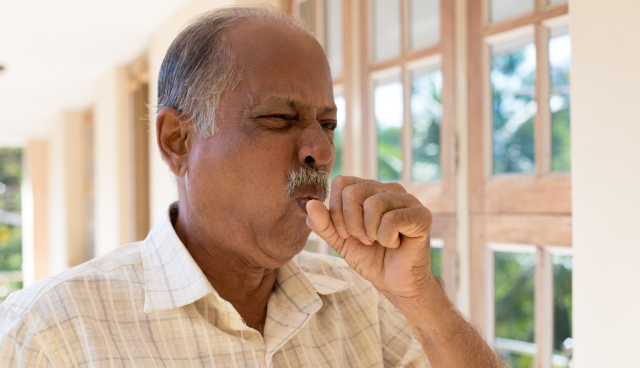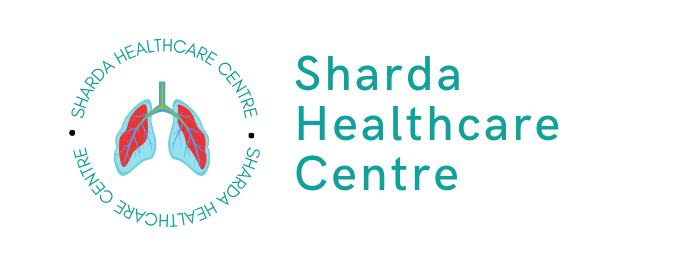
What Are The 4 Stages Of COPD?
Chronic obstructive pulmonary disease (COPD) is a progressive lung disease that makes it difficult to breathe over time. There are four main stages of COPD, ranging from mild to very severe. Recognizing the stage of COPD based on symptoms can help guide appropriate treatment and management. This article will break down the key characteristics, symptoms, treatment considerations, and prognosis for each stage.
What is COPD?
The main COPD conditions are:
- Chronic bronchitis: Long-term inflammation and irritation of the lung airways. This causes mucus buildup, coughing, and eventually permanent airway damage.
- Emphysema: Gradual destruction of the alveoli (tiny air sacs in the lungs). This reduces gas exchange capabilities.
Most people with COPD have a combination of chronic bronchitis and emphysema. The disease primarily develops due to long-term exposure to lung irritants like cigarette smoke or air pollution. COPD can’t be cured, but treatment and lifestyle changes can help manage symptoms and slow progression.
Detailed Overview On What Are The 4 Stages of COPD
Stage 1 - Mild COPD
- Infrequent, mild cough (with or without mucus)
- Shortness of breath from exertion
- Fatigue
- Mild wheezing or tightness in the chest
At this stage, a pulmonary function test would indicate mild airflow limitation with an FEV1 of ≥80% predicted. Symptoms can come and go with mild exacerbations requiring only short-acting bronchodilators to manage occasional flare-ups.
Stage 2 - Moderate COPD
- Chronic, productive cough (wet cough with mucus)
- Persistent shortness of breath
- Wheezing
- Tightness and pain in the chest
- Low energy/tiring easily from activity
- Frequent respiratory infections
Pulmonary function tests indicate worsening airflow limitation with an FEV1 of 50-79% predicted. People experience more exacerbations requiring antibiotics, corticosteroids, or hospitalization to help recovery.
Stage 3 - Severe COPD
- Chronic shortness of breath even at rest
- Extreme fatigue/tiring easily
- Frequent cough and mucus production
- Severe wheezing
- Swelling in feet, ankles or legs
- Little to no ability to handle exertion without extreme breathlessness
At this point, there is significant and likely irreversible damage to the airways and lungs. Pulmonary function tests indicate an FEV1 of 30-49% predicted. Breathing difficulty severely limits physical activity and quality of life without oxygen therapy.

Stage 4 - Very Severe COPD
- Severe shortness of breath even at rest
- Low blood oxygen levels
- Chronic respiratory failure
- Frequent respiratory infections and exacerbations
- Higher risk of COPD complications like heart problems
Lung function is extremely low based on pulmonary function testing, with an FEV1 <30% predicted. Supplementary oxygen is required for most daily activities or resting. Frequent hospitalization is needed to treat exacerbations.
Treatment Considerations
Treatment and medication choices differ based on what stage COPD has progressed to. Some key options include:
- Early Stages (Stages 1-2)
- Smoking cessation
- Inhalers (bronchodilators, steroids)
- Pulmonary rehab
- Vaccinations
- Oxygen therapy (sometimes needed in stage 2)
- Later Stages (Stages 3-4)
- Inhalers + maintenance medications
- Pulmonary rehab
- Oxygen therapy
- Surgery or procedures
- Mechanical ventilation
- Lung transplant
A customized treatment plan can help alleviate symptoms, enhance lung function, and improve everyday quality of life. Catching COPD early and managing it appropriately helps slow progression and damage over time.
Prognosis and Outlook
The prognosis for COPD varies significantly based on which stage the disease has advanced to. Overall, the outlook involves:
- Stages 1-2: Average lifespan, manage symptoms
- Stage 3: Develops high risk of death from infections or complications
- Stage 4: Severely high risk of death if in respiratory failure
Implementing healthy lifestyle changes after an early COPD diagnosis alongside medications can help preserve lung function and extend one’s life considerably. Quitting smoking and avoiding lung irritants is also key.
While COPD itself isn’t curable, researchers are making discoveries involving new medications that show promise for repairing lung damage caused by the disease. Stem cell therapy also has potential for COPD treatment down the line.
